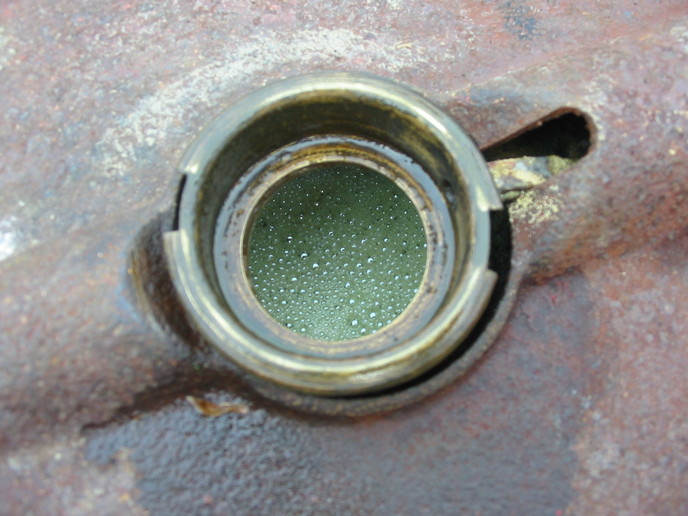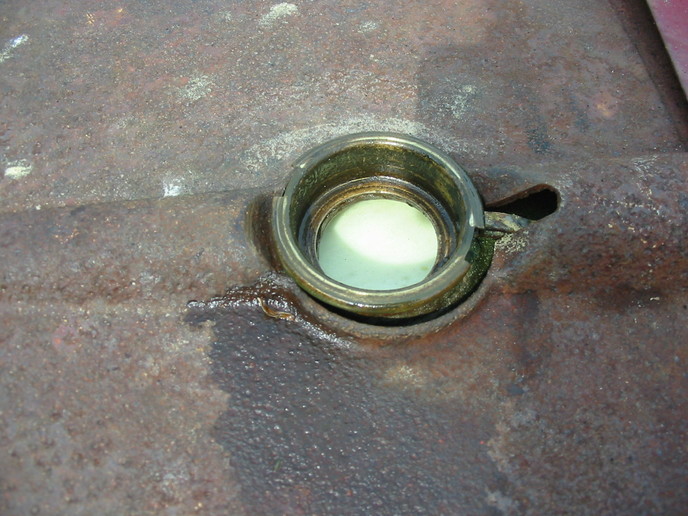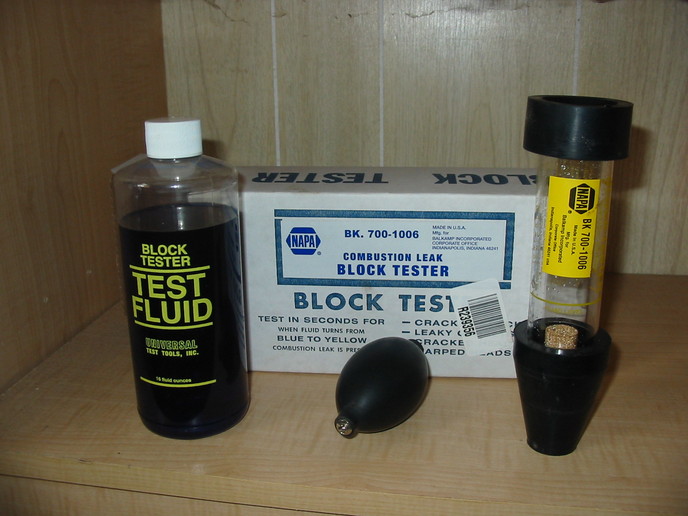Zachary Hoyt
Well-known Member
Thank you Janicholson for your advice. The coolant was 2-1/4" below the seat when I checked it this morning. I got the kit you suggested, but when I get the engine warm the coolant foams up so that the bubbles get sucked into the tester and dilute the blue liquid. I can't see that the bubbles are coming from any direction, they just seem to form, even at 130-140 degrees. I am thinking I must need to pull the head and replace the gasket if it is obviously compromised, but I'd like to know if those with more experience than I think that is the thing to do at this point. The coolant is rushing in visibly from the back, so I'm sure the water pump must be working. I've never done a head gasket, so I'll need to buy a torque wrench and read up on it in the archives. I can get a Fel-Pro brand gasket from NAPA. Thanks very much for any advice.
Zach


Zach




